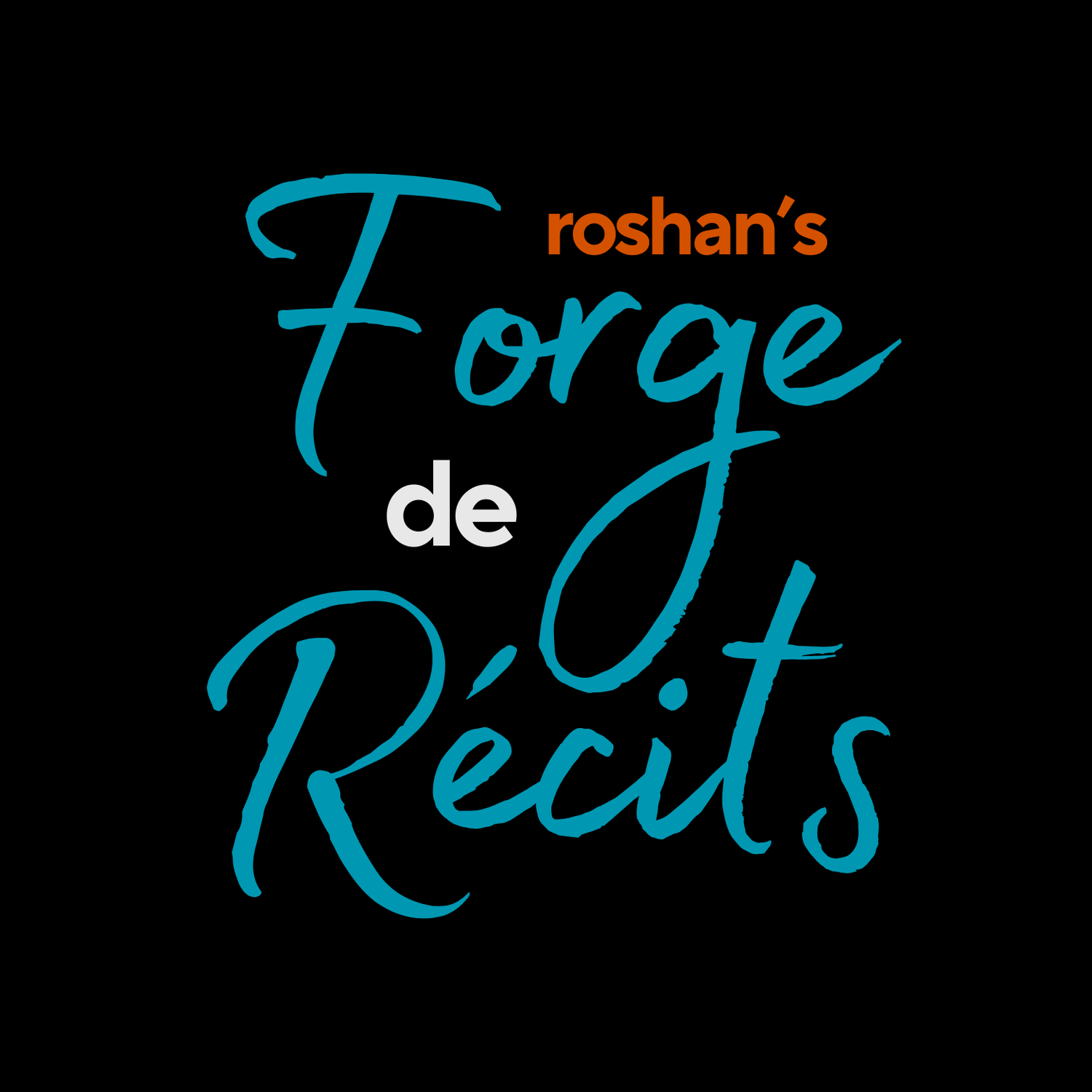As a game designer, one of the most satisfying things is watching a player pause—not out of confusion, but because the puzzle they’re facing requires a moment of real, mechanical and emotional calculation. That’s what Switch Maze was built to do. It’s a short but layered puzzle experience that blends spatial logic, pathfinding, and a subtle thread of narrative tension.
Let me walk you through the design of this little mechanical beast.
The Core Idea: Movement Through Disruption
At the heart of Switch Maze is a simple concept: what if moving forward required you to disrupt the world around you constantly?
The maze is divided into colored pieces, each mapped to a circular switch of the same color. Stepping on a switch shifts its associated section of the maze. This mechanic is intentionally non-destructive—no “wrong” moves in a fail state sense—but it demands planning. Each action potentially opens a new path or blocks a previous one.
The twist? The switches don’t reset. Players have to manipulate the space like a Rubik’s Cube—but from inside it.
Building Layered Complexity: The Black Friend
The most unique addition came with the purple switch. I wanted a piece of the puzzle that demanded constant activation, something that couldn’t be solved with a single button press. Enter: the Black Friend.
Mechanically, the Black Friend is a chaser AI with just enough threat to feel unsafe. It doesn’t kill the player or cause a hard fail. Instead, it introduces a soft pressure: it follows you. And that simple behavior changes everything. The player has to outwit it, not outrun it.
The moment of leading the Black Friend to the purple switch and using it as a solution—rather than simply evading it—is a critical turning point. It's where puzzle-solving meets storytelling.
That’s where Switch Maze became more than just a logic puzzle—it became a puzzle about relationships.
Pacing the Puzzle: Step-by-Step Momentum
Designing the sequence was all about rhythm. Here's how I structured the player's journey:
Yellow Piece – A warm-up. Move a piece to get going. Minimal consequences, but it teaches the cause-effect of switches.
Blue Piece – Introduces cross-path planning. You move one thing to reach another.
Green Piece – Adds complexity by stacking dependencies.
Purple Piece – The emotional and mechanical climax. You now must use another entity to succeed.
The Black Friend – Now becomes your tool… and your threat. It waits while you succeed—then begins following again.
Exit – A simple but satisfying release. The maze unwinds into clarity.
The puzzle is intentionally compact—six steps, one core room—because I wanted players to feel clever, not exhausted.
Emotional Puzzle Design: Making Players Feel Smart and Uneasy
There’s a little narrative woven in here—subtly, through mechanics. The Black Friend is a helper and a hunter. There’s trust, but also tension. It “helps” you, but only because you’ve tricked it into helping you.
I like puzzles that give players a feeling of clever manipulation—but with a twinge of discomfort. Did you use a friend? Did you survive by playing with danger? That ambiguity matters. It gives the puzzle texture.
Final Thoughts: What I Learned
Designing Switch Maze reminded me how powerful simple mechanics can be when layered thoughtfully. A colored switch. A shifting wall. A chasing figure. None of these elements are new—but their interdependence is where the magic happens.
The best puzzle designs aren’t about complexity. They’re about creating a moment where a player thinks:
“Wait… I can do THAT?”
If Switch Maze delivers that moment, even once, I’ve done my job.


